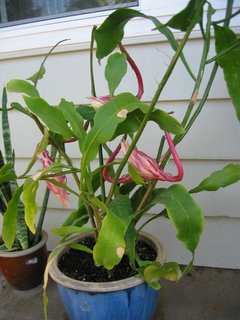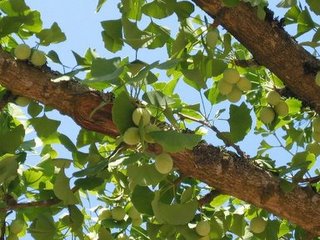
It now seems like a previous lifetime, but this is the plant that moved me from Indiana to Oregon in about 1990.
Tansy ragwort is an herb that you do not want in your garden - eaten, the toxic alkaloids target the liver, causing fatal hepatic venoocclusive disease. This European weed grows throughout the region west of the Cascades, a nonnative plant that, as shown in this photo, grows even in the oceanside forest at Ecola.
It's a long story. At the time, it was thought that I could bring expertise, by way of my graduate work, that would help prevent toxic effects of these plants on cattle. Life ultimately took other (less carnivorian) turns, but without the presence of this weed and the havoc that it causes to the bovine liver, I might never have seen the Pacific Northwest, let alone moved here.
Flat tire today, at E 89th and Millplain - 8 miles from home. Walked bike to what turned out to be a closed bike shop 10 blocks from there. Took bus home. Interesting diversion. Learned how to attach the bike to the rack on the front of the bus (easy - I always wondered how they do that). One, not-quite-all-there woman on the bus kept staring at me and smiling. All-in-all, not a disaster; plus I'll take the spare (more rugged) bike to work tomorrow (I will not be stopped!).

 Days are becoming shorter, nights getting cooler. Will there be any crop figs this year? Photos offer hope. Taken 10/15/05.
Days are becoming shorter, nights getting cooler. Will there be any crop figs this year? Photos offer hope. Taken 10/15/05.

































